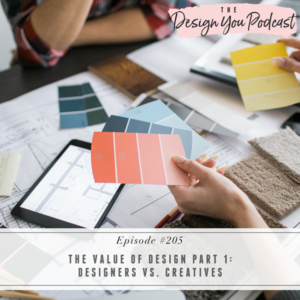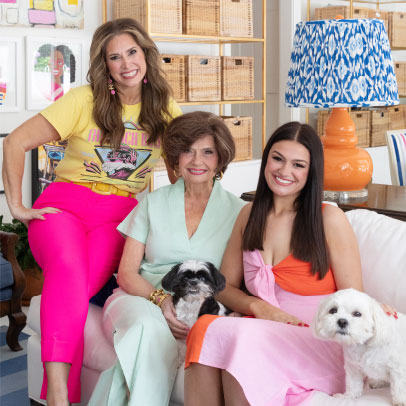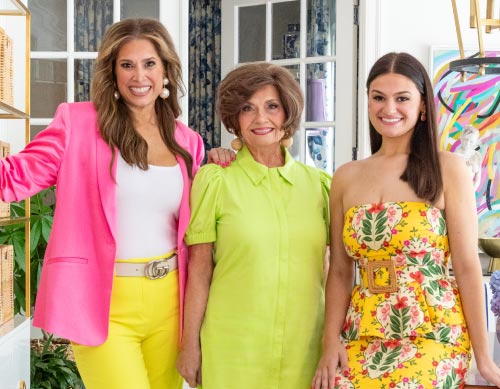
After the success of the Redefining Success series, I was so excited to bring you another, so this week, I’m introducing The Value of Design Series. I’m kicking off the series talking about designers and creatives, the differences and similarities between the two, and their role in the value of design. Buckle up, friends, it’s going to be eye-opening!
I have used the terms ‘designers’ and ‘creatives’ interchangeably in the past. There are many types of designers who also consider themselves to be creatives and vice versa. But this distinction between them is more important than we may realize and using the two interchangeably could be contributing to the devaluation we experience in both of these positions.
In this episode, I’m sharing the difference between designers and creatives, how we commoditize ourselves accidentally, and the role hustle culture plays in the value of design. Hear the reason so many people think they can do the work of designers on their own, the problem with unique ideas becoming trends, and the impact this has on the value of design and the design industry as a whole.
If you want help creating a business with thriving revenue streams so that you can design the life you really want, get on the waitlist for the next round of my Design You Coaching Program. Inside, you’ll get access to a whole new course where I share my complete design system with you. You’ll receive every template, tool, SOP, worksheet, downloadable, video, and more that I have created and used myself, and receive a complete step-by-step for how to run your full-service projects.












